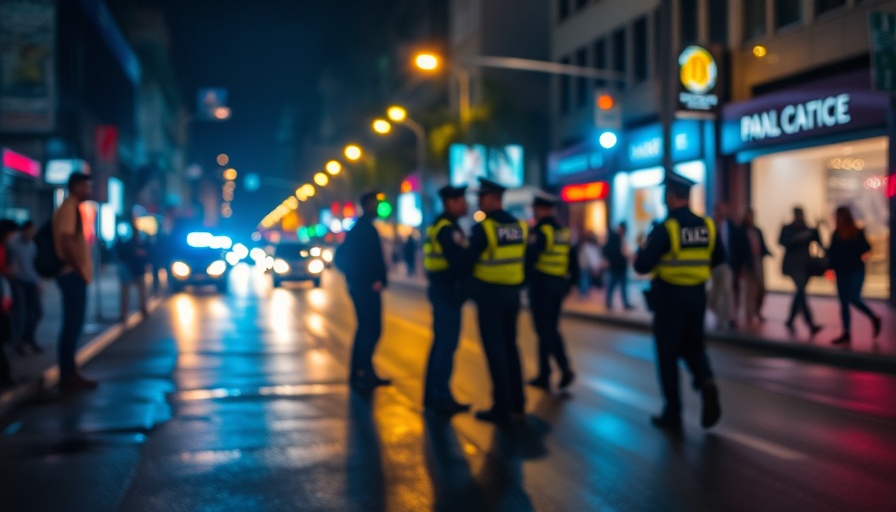
The Day That Changed Security Protocols Forever
On March 30, 1981, the world watched in horror as an assassination attempt was made on President Ronald Reagan. At the epicenter of this chilling moment was Secret Service agent Tim McCarthy, who was shot while bravely protecting the president. This event, now discussed in recent interviews as part of the Secret Service's "Behind the Shades" series, not only affected the individuals involved but also reshaped security measures within law enforcement agencies.
Historical Context and Its Modern Implications
Assassination attempts on world leaders aren’t new; however, Reagan's near-death experience prompted a thorough reevaluation of security protocols. Prior to this event, the Secret Service operated under a belief that such extreme acts were rare. The aftermath revealed a glaring need for enhanced operational frameworks, showcasing the agency's vulnerabilities during high-pressure situations. The lessons learned emphasize the importance of continuous training and preparedness, a theme echoed in modern law enforcement circles where officer safety and the utilization of technology play pivotal roles.
The Ever-Evolving Nature of Threat Assessment
McCarthy's recollection serves as a sobering reminder of the unpredictability of violent incidents, urging today's officers to adapt swiftly to emerging threats. Fast forward to now, agencies utilize advanced technology, including AI analytics and predictive models, to assess risks more effectively. This evolution in policing not only aids in real-time threat assessment but also enhances community trust when they see law enforcement prioritizing proactive safety measures.
The Role of Media and Public Perception
Interviews such as McCarthy's play an essential role in shedding light on the often-unseen experiences of law enforcement agents. By sharing their stories, these officers humanize experiences that could otherwise become mere statistics. This transparency can foster greater community relationships, crucial in a climate where public trust in police is often under scrutiny. The media's portrayal of such events is vital in shaping public perception and understanding of the complexities involved in law enforcement.
Learning from Past Mistakes: Opportunities for Improvement
The Secret Service’s review of the events surrounding the Reagan assassination attempt revealed significant operational gaps, including inadequate communication and command strategies. These findings underscore the contemporary need for police forces to engage in regular training exercises that simulate high-stress scenarios. Reflecting on historical missteps offers law enforcement agencies a unique opportunity to refine their approaches to public safety and officer preparedness.
Future Insights: Preparing for Potential Threats
As we reflect on events such as the Reagan assassination attempt, it's crucial to consider the evolving nature of threats in today's society. From increasing political tensions to more advanced methods of attack, law enforcement must remain agile and innovative. Fostering a culture of continuous improvement and learning will be crucial in navigating the complex landscape of public safety and security.
Understanding historical context isn't just useful for reminiscence; it's a vital tool for shaping law enforcement policies that prioritize officer safety and community trust. Law enforcement agencies should leverage lessons from the past as they strategize for the future. Whether it’s the incorporation of advanced technology or enhanced training programs, the goal remains the same: ensuring the safety of both officers and the community they serve.
Call to Action
If you're part of a law enforcement agency or involved in public safety, it’s crucial to take part in ongoing training and development initiatives. Explore new technologies that will not only improve officer safety but also enhance community relations. Let’s work towards a safer future together.
 Add Row
Add Row  Add
Add 

 Add Element
Add Element 




Write A Comment